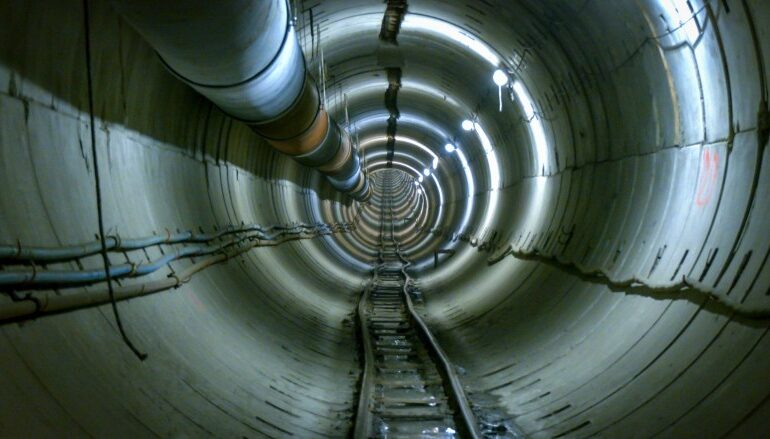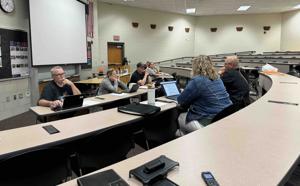North Texas Water Crisis: Tarrant Plans Urgent New Reservoirs

UPDATE: North Texas is facing a critical water shortage as Tarrant County officials unveil a bold new strategy to secure vital water resources through 2080. During a recent meeting on September 16, 2025, the Tarrant Regional Water District approved an urgent Integrated Water Supply Plan aimed at addressing a potential annual shortfall of 513,000 acre feet of water.
Water resource engineering director Rachel Ickert emphasized the necessity of starting preparations by 2030 to tap into additional reservoirs and out-of-state resources. “We feel very confident about some of our next steps, but we’re going to have some big decisions right around the corner as far as what that next big supply is going to be,” Ickert told board members.
Currently, Tarrant County’s water supply relies heavily on the Richland Chambers and Cedar Creek reservoirs, which provide about 80% of the area’s water. However, with projections indicating the region will need up to 1.2 million acre feet of water per year by 2080, officials are scrambling to find sustainable solutions.
The plan outlines a multi-faceted approach, focusing on both large-scale projects and conservation efforts. Notable strategies include maximizing yields from existing reservoirs and potentially acquiring groundwater from district-owned land. However, the most significant proposals involve costly initiatives, including extracting water from Arkansas and pursuing the controversial Marvin Nichols Reservoir, which could flood 66,000 acres in Northeast Texas.
The urgency of this situation cannot be understated. Without immediate action, the water district risks falling short of its supply needs, jeopardizing the livelihoods of residents across 11 counties. As Ickert stated, “When we’re looking long term, we know we need to be able to have supplies for that kind of worst case.”
Smaller-scale projects are also on the table, such as purchasing water from Lake Palestine and enhancing aquifer recovery storage methods. These initiatives are seen as essential, but they will only cover the shortfall through 2080, highlighting the importance of larger projects.
In the face of this looming crisis, the Tarrant Regional Water District plans to conduct feasibility studies over the next five years, assessing various options to ensure the area’s water future. The district’s previous accomplishments, including the $2.3 billion integrated pipeline project, demonstrate its commitment to long-term water sustainability.
Residents are urged to stay informed as developments unfold. With several projects slated for completion by 2032, including a new wastewater treatment facility and expanded wetlands, the district is racing against time to secure essential water supplies.
This situation is evolving rapidly, and the community must engage with local officials to support these urgent initiatives. The health and growth of North Texas depend on swift and decisive actions to ensure a reliable water supply for generations to come.






